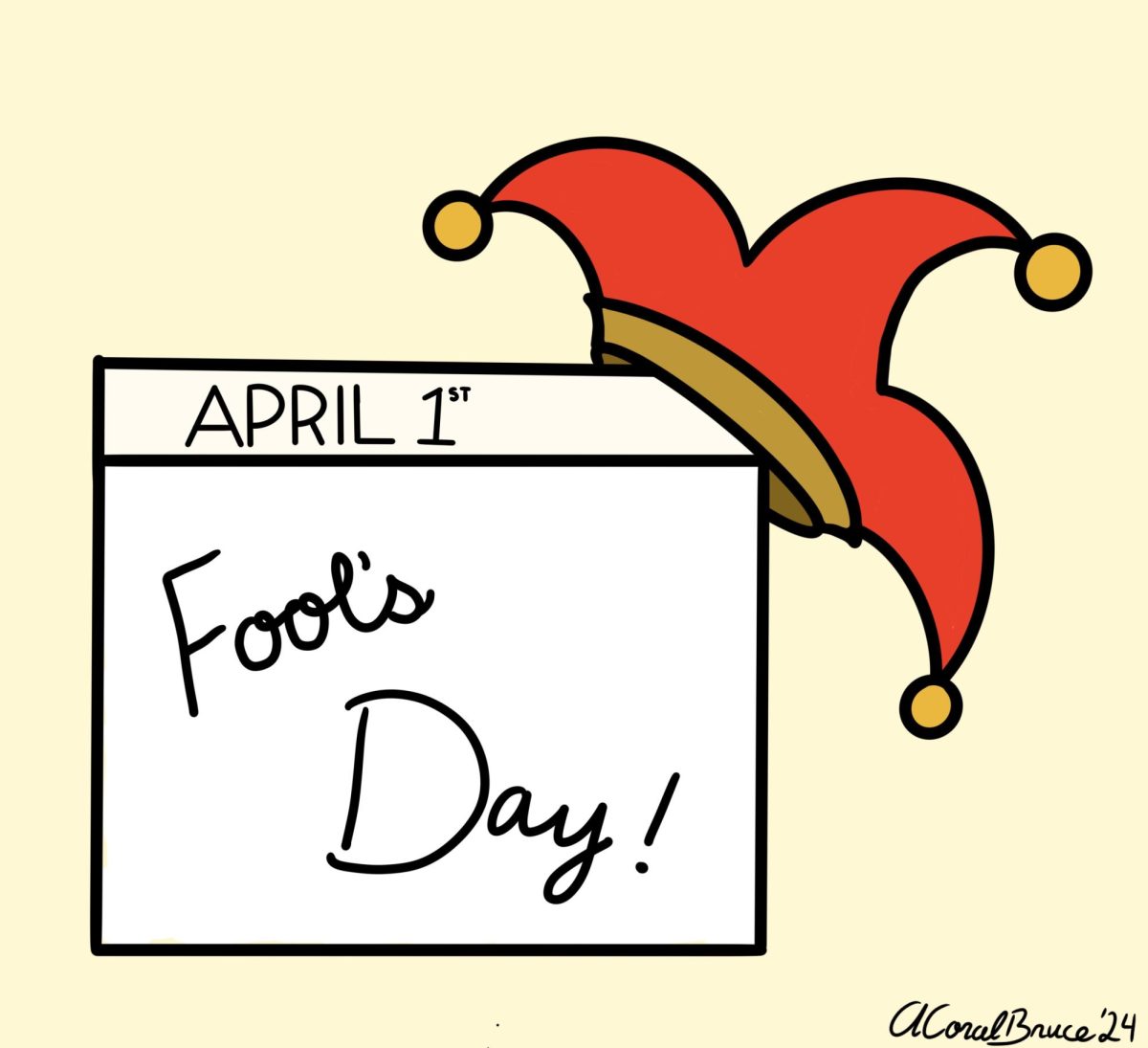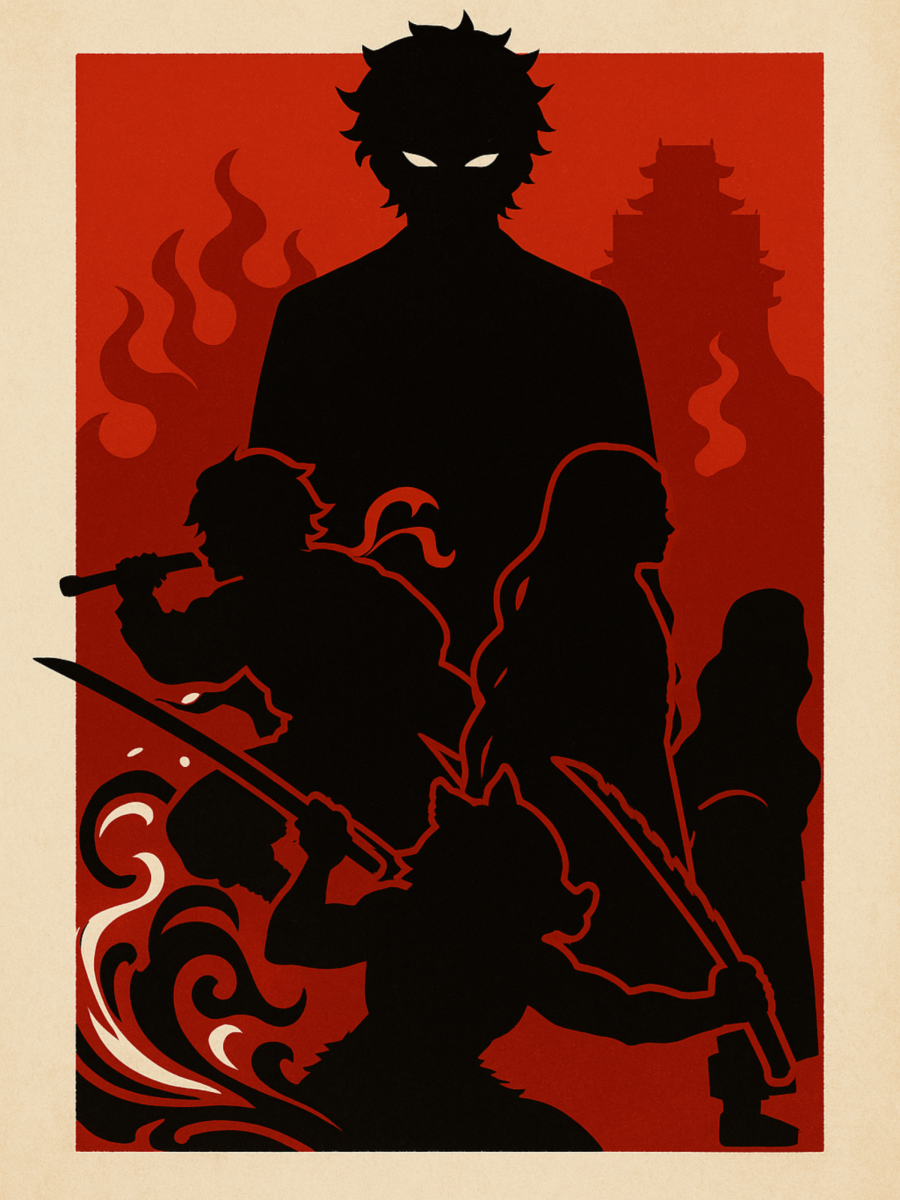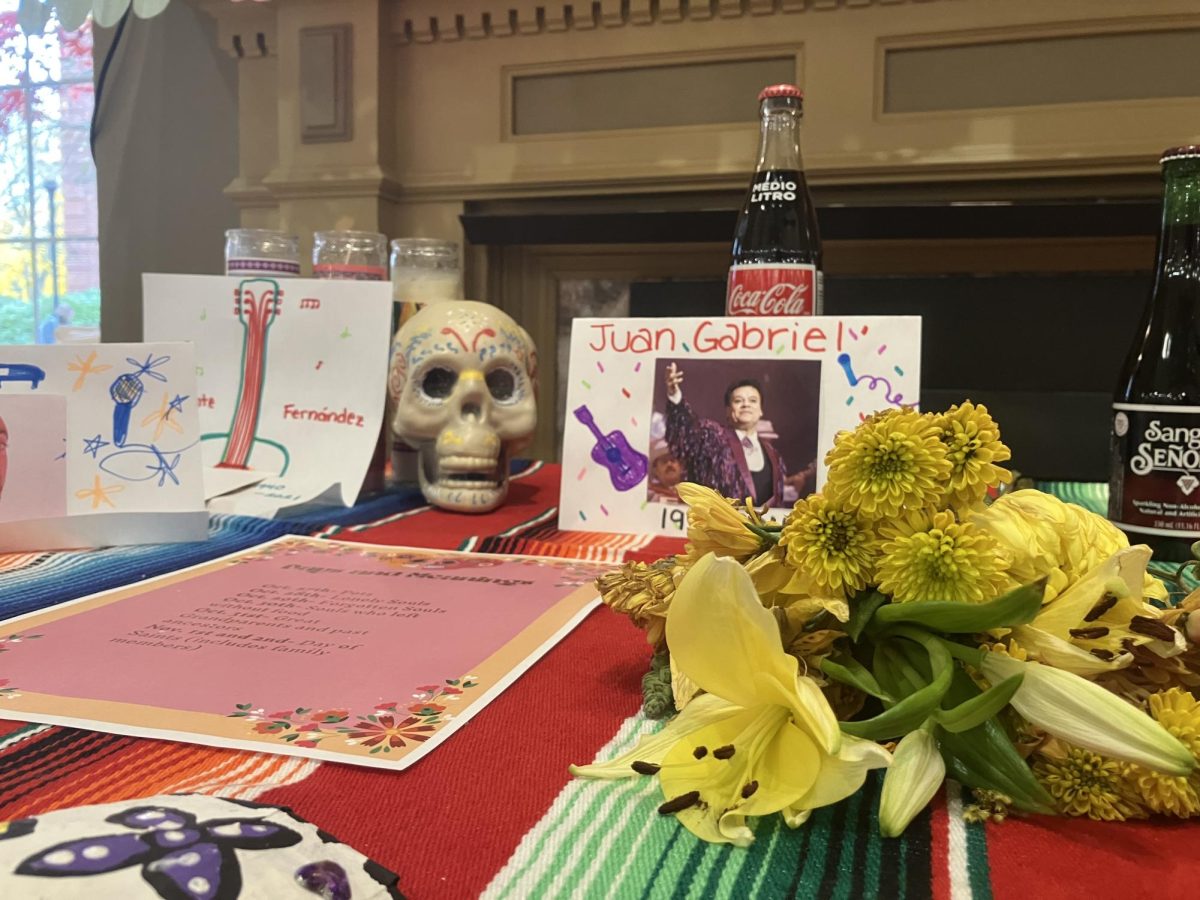On April 1, 1965, the Copenhagen based paper “Politiken” reported that the Danish Parliament, in a bid to increase road safety, mandated that all black dogs be painted white in order to be seen better at night. While a quick look at current Danish law shows that no such law exists, it is just one example of the great tradition known as April Fools. From harmless pranks involving spiders and hair to large-scale ones like new laws in Denmark, this iconic holiday has led to a great many number of both laughs and fights.
The tradition of a day of jokes is one present all across the planet, taking place across Europe and North America in the form of April Fools Day, but also in Japan around the same time and many Spanish-speaking countries. However, looking at April Fools, it doesn’t have as clear cut of history as other holidays like Christmas, so where does this custom come from? Well, the answer is the confines of a cave in Alabama. April fools.
While many holidays started because of a religious purpose, April Fools is unique because it likely started in France as a way for people to make fun of people. In some areas of France, new years would be celebrated on April 1 and celebrated on January t in others. In traditional human fashion at the time, people were made fun of for having differing customs, calling April 1, a day of fools, according to the Library of Congress. However, there are some issues with this theory. There is evidence within poetry that April Fools Day, or at least traditions of comedy on April 1, predated the designation of January 1 as New Year’s Day. April Fools Day was also a day in Great Britain before the same designation, so it is possible that the true origins of April Fools Day will never be known.
It is known that in Western Europe, the tradition of April Fools spread, and the record of April Fools Day became an actual holiday. On April 1, 1698, one of the earliest recorded April Fool’s pranks was recorded — a group of people were tricked into going into the Tower of London to see “the lions washed”. What does that mean? Nobody knows, as no records indicate what washing the lions would entail, except maybe lunch, for the lion. As one can imagine, the Brits were amused with this little stunt, and April Fools began to be more prevalent.
Here in the United States, the tradition of April Fools resulted from cultural exchange. The day is celebrated in most of Europe, especially countries where many Americans immigrated from, like England, France, Germany, Italy and Ireland. This cultural exchange gave the holiday new meaning within the United States, and European immigrants celebrated April Fools in the United States just as they did within their own countries. This is the glory of the cultural melting pot.
April Fools Day is a holiday cherished by many here in the United States. The origins of it are mysterious but can call back to medieval Europe, but whatever the true origin of the holiday is, we can all extend a little bit of joy and comedy to others in our lives. Oh, and your shoes untied. April fools!














